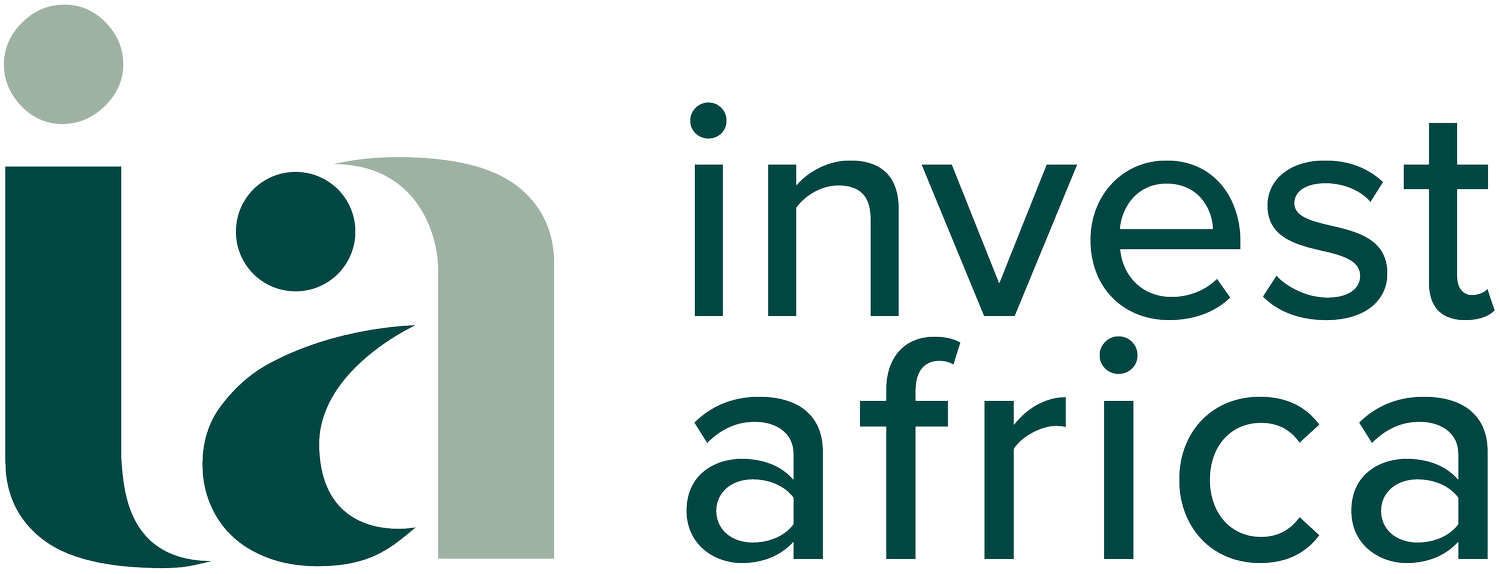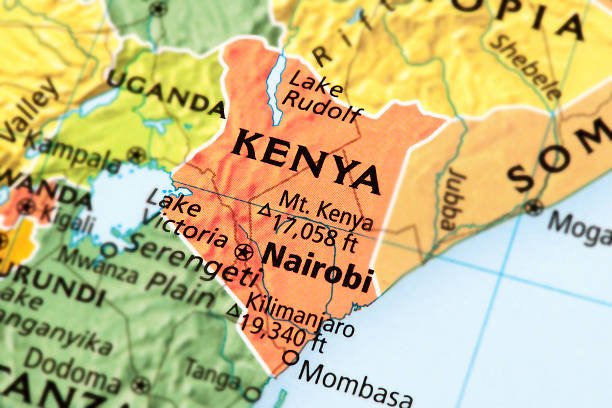In 2024, Africa is set to be the second-fastest growing major region, with most countries experiencing accelerated economic growth compared to 2023. East Africa, led by Ethiopia, Kenya, Tanzania, Uganda, and Rwanda, is poised to be at the forefront, contributing to Africa's real GDP increase from 2.6% in 2023 to 3.2%. However, political risks may rise due to elections in some major African economies.
Following prominent multilateral events in 2023, including the inaugural Africa Climate Summit, Africa's vulnerability to climate change has gained greater attention. East Africa lags in meeting its $739.4 billion regional target for climate-resilient development by 2030, impacted by factors like drought and conflicts affecting growth in Kenya, Ethiopia, and Somalia. Although renewable energy investments have driven recent growth, more efforts are needed to meet the region's escalating energy access demands, and build climate-resilient infrastructure to support the region’s growing population.
Intra-African trade stands at 13%, significantly lower than the EU’s 60%. As a key member of the East African Community, Tanzania, strategically located on the Indian Ocean, aims to enhance regional integration, boosting intra-African trade. The moderinisation of the Port of Dar es Salaam will play a crucial role in facilitating trade with landlocked countries in the region like Uganda and Rwanda, ensuring that they are “land-linked”.
Despite numerous tailwinds, including sustained economic growth, economic diversification, increased regional integration, and favourable demographics, East Africa’s promising growth potential calls for continued investment in the region’s infrastructure. Addressing the current challenges of poor infrastructure, which adds between 30% to 40% to the costs of goods traded among African countries, will further enhance the region’s positive trajectory and capitalise on the favourable conditions to yield inclusive growth.
Moderator
Speakers




